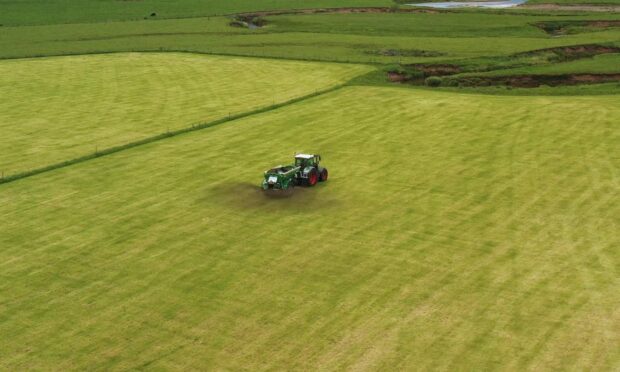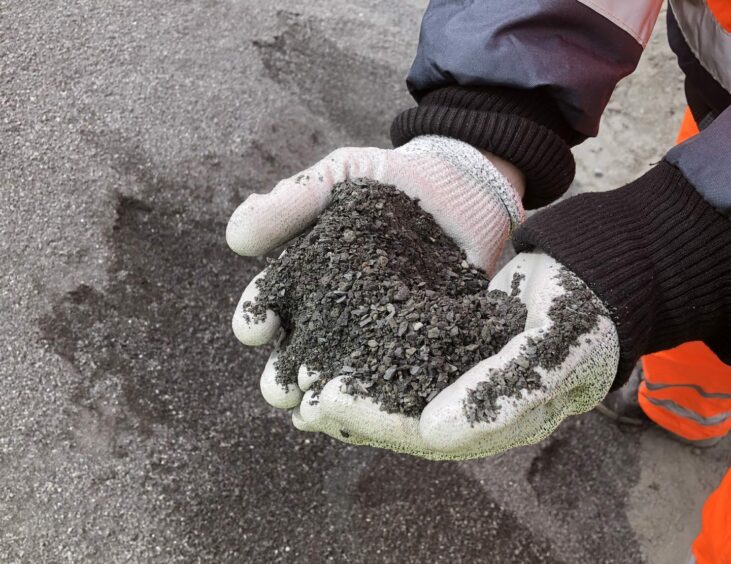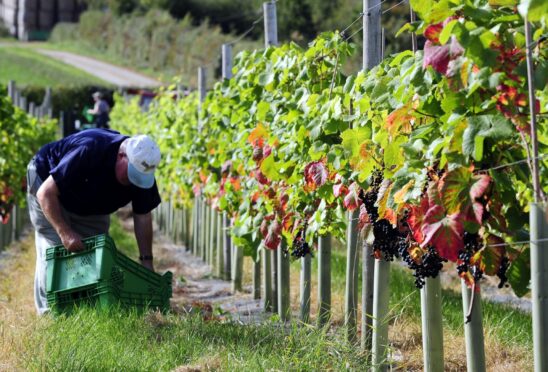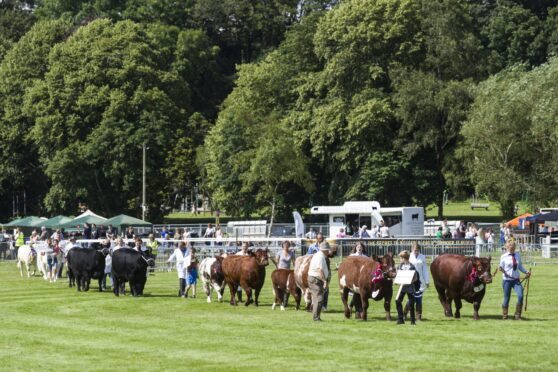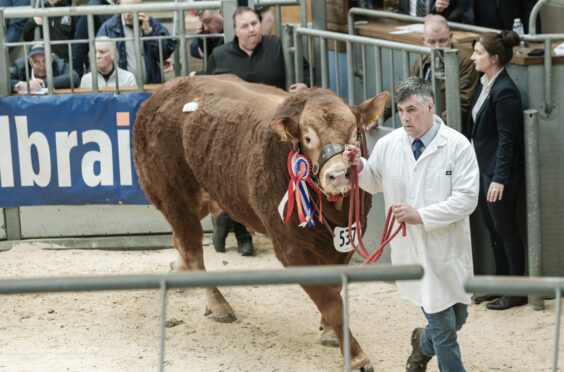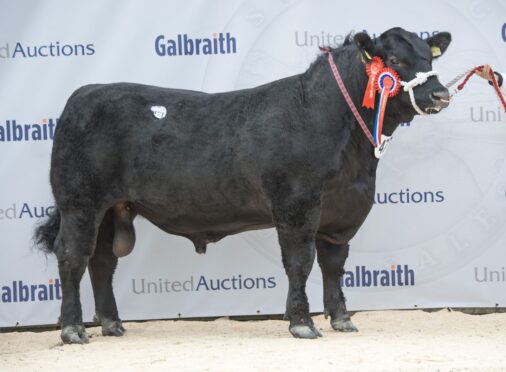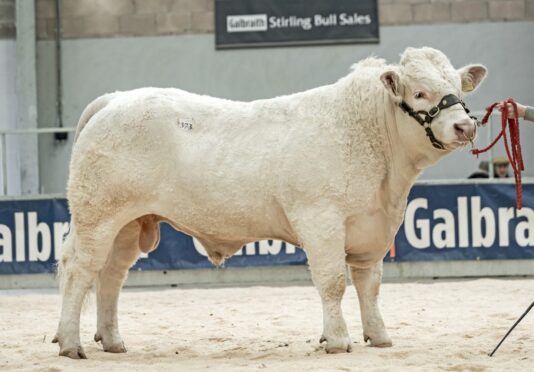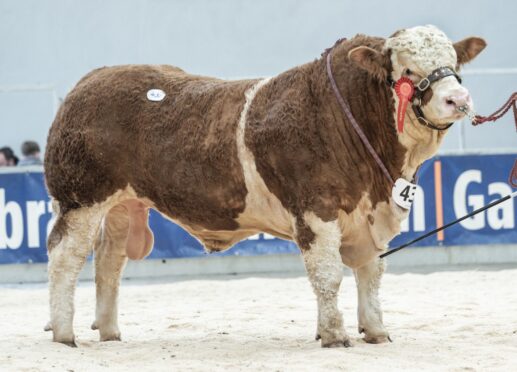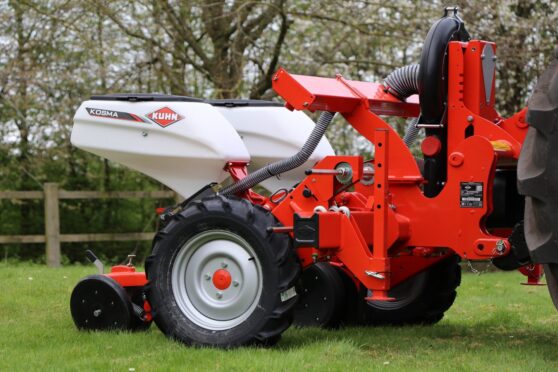Aberdeenshire farmers are working to undo carbon emissions through the use of crushed basalt rock spread on fields.
Thousands of tonnes of crushed basalt rock are being distributed to farms across the region to improve soil quality and remove carbon dioxide from the atmosphere.
The materials are being sourced from three council-owned quarries, Balmedie, Pitcaple, and Craiglash, which produce more than 200,000 tonnes of aggregates and coated materials per year.
The project is being led by nature-based carbon removal company, Undo, in conjunction with the council.
Experts estimated that for every four tonnes of basalt dust spread, one tonne of carbon dioxide is removed from the atmosphere.
More than 15,600 tonnes of rock have been spread across Aberdeenshire to-date.
Aberdeenshire Council’s infrastructure services committee chairman, Alan Turner, said: “The great thing about this process is that it’s not just reducing carbon emissions in one area of a supply chain in favour of another. It is actually removing carbon dioxide from the air.
“On a human timescale, it’s essentially permanently stored and in a manner that also helps our local farming community.”
How does the process work?
During the crushing and screening processes, rock dust is produced and is often seen as a waste material.
However, Undo came up with a sustainable solution, helping to reduce carbon emissions and prevent waste.
The locally sourced crushed basalt rock is spread using existing farming machinery.
Once distributed, the crushed basalt dust should improve soil health and reduce the need for chemical fertilisers.
For millions of years, carbon dioxide has been combined with rainwater to form carbonic acid. When this dilute acid falls on mountains, forests, and grassland, the carbon dioxide interacts with the rocks and soil and mineralises—safely storing it in carbonate form.
Urgent action is needed to reverse climate crisis. UNDO believes in nature-based solutions like enhanced rock weathering to remove vast levels of CO₂. Achieve a better world with us. Join us at: https://t.co/OFvWhvhNVi 🌎🌱 #UNDOCarbon #ClimateActionNow #EnhancedRockWeathering pic.twitter.com/f3R4ROpy6d
— UNDO │ Carbon Removal (@undocarbon) September 1, 2023
Undo enhances and accelerates that process by spreading crushed basalt rock on farmland, increasing the surface area of the rock and giving it immediate contact with carbon dioxide produced by plant roots and soil microbes.
This process reduces the timescale from millions of years to just decades.
Jennifer Brodie, Undo’s agriculture business development manager for northern Scotland said: “In addition to permanent carbon removal, basalt is a mineral-rich volcanic rock full of nutrients and trace elements.
“We have an ever-extending range of field trials underway to scientifically quantify the benefits we are bringing to the soil and crops and the potential savings to farmers for expensive fertilisers and lime.”
